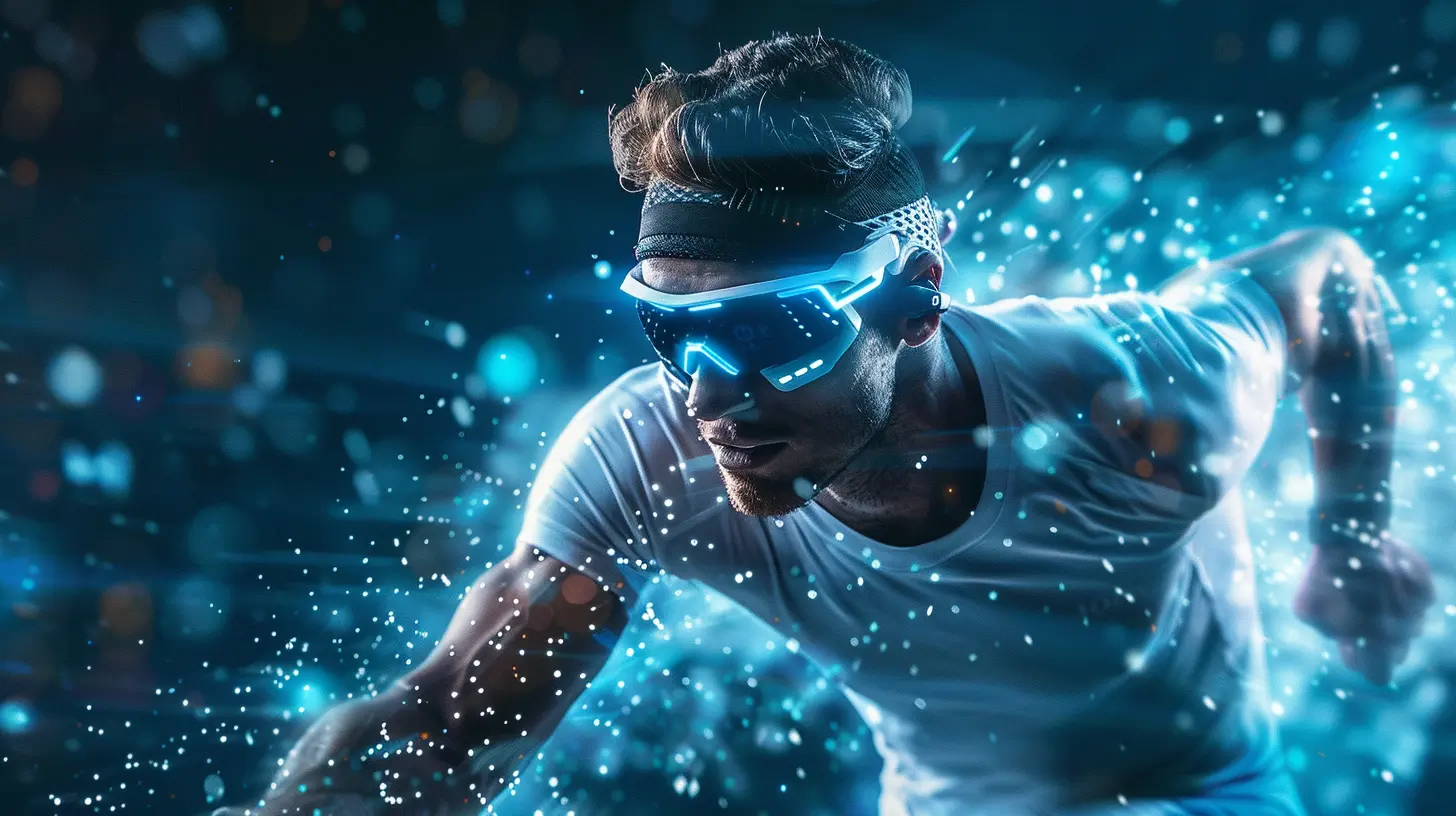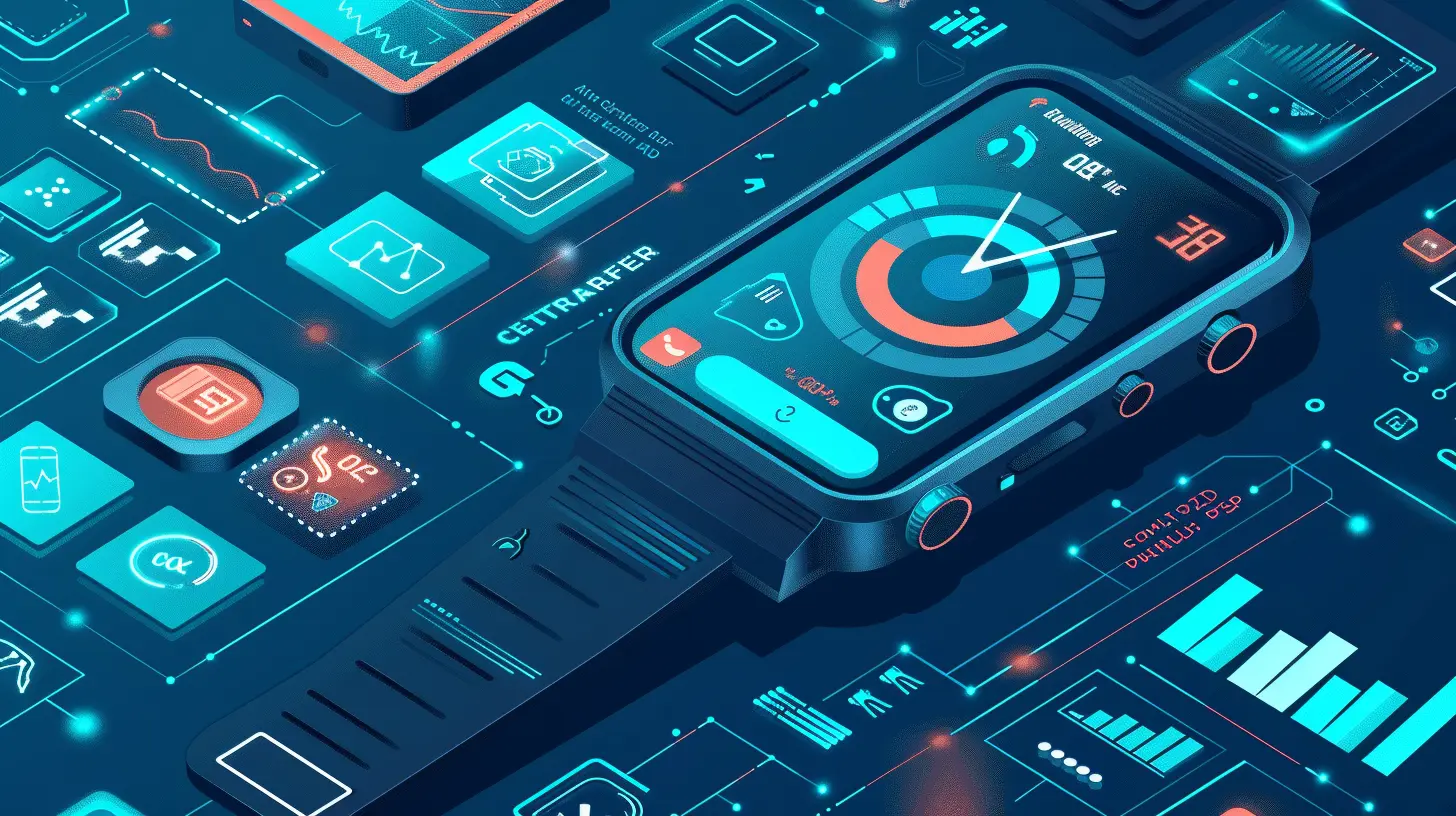The Role of Wearable Tech in Sports Performance Optimization
22 November 2025
Technology and sports—two worlds colliding in a symphony of speed, precision, and data. Athletes today don’t just train harder; they train smarter. And what's leading this revolution? Wearable tech.
From smartwatches tracking heart rates to AI-driven wearables decoding every sprint, jump, and turn, modern sports performance has entered a new era. But how exactly does wearable tech optimize sports performance? And is it just a trend, or are we witnessing the future of athletic excellence unfold before our eyes? Let’s dive in.

How Wearable Tech is Revolutionizing Sports
Gone are the days when performance was measured solely by a coach’s keen eye or an athlete’s subjective feelings. Wearable technology provides real-time data, offering insights that were once locked behind expensive lab tests or pure speculation.Imagine you're a sprinter. Your coach used to rely on a stopwatch and your posture to gauge improvements. Now? Your smart insoles measure foot pressure, stride length, and force applied. Within seconds, you have actionable insights to refine your technique.
Wearable tech has transformed sports in three major ways:
1. Real-Time Performance Tracking
2. Injury Prevention & Recovery
3. Enhanced Training Personalization
Let's break them down. 
1. Real-Time Performance Tracking—Numbers Don’t Lie
Every heartbeat, every calorie burned, every millisecond shaved off a run—it’s all data, and it all matters. Wearables not only track but interpret these numbers, ensuring athletes maximize their potential.Monitoring Vital Signs
Heart rate variability, oxygen levels, hydration—athletes now have instant feedback on how their bodies respond to stress. Devices like the Whoop Strap or Garmin watches continuously monitor fatigue and recovery rates, allowing for smarter training decisions.Analyzing Movements and Form
Biomechanics is no longer reserved for elite labs. GPS-tracked wearables, motion sensors, and AI-powered devices provide details on an athlete’s:- Speed & Acceleration – Are you maintaining consistent momentum?
- Stride Analysis – Are inefficiencies slowing you down?
- Jump Metrics – How explosive is your movement?
Sports like basketball, soccer, and even golf are leveraging this to refine technique and boost efficiency. 
2. Injury Prevention & Recovery—Because Longevity Matters
An athlete’s worst nightmare? Injury. Hours of training can be wiped away in a second. But wearables are stepping in as silent guardians, identifying warning signs before catastrophe strikes.Detecting Overexertion
Fatigue is a silent destroyer, often unnoticed until it's too late. Wearables like the Oura Ring or Fitbit Sense monitor sleep patterns, stress levels, and recovery scores, ensuring athletes don’t push beyond their body’s limits.Tracking Load & Impact
High-impact sports like football and rugby are susceptible to concussions and joint damage. Smart mouthguards and sensors in helmets monitor impact forces, alerting teams to take precautions before severe damage occurs.Rehabilitation & Recovery Optimization
Post-injury recovery is delicate. Devices like electromyography (EMG) wearables monitor muscle activity, ensuring rehab exercises are performed correctly. Compression wearables also enhance circulation, speeding up healing.
3. Enhanced Training Personalization—Tailored for Excellence
Every athlete is unique. What works for one might not work for another. Wearable tech shatters the one-size-fits-all approach, offering hyper-personalized training insights.AI-Powered Coaching
Wearables collect historical data, allowing AI-driven platforms to tailor:- Workout Intensity – Know when to push or pull back.
- Recovery Strategies – Optimize rest days based on exertion.
- Diet & Hydration Plans – Fueling based on real-time needs.
Mental Performance Tracking
Athletic excellence isn’t just physical—it’s mental. Innovative EEG-driven wearables now monitor brain activity, stress levels, and focus, helping athletes train their minds as well as their bodies.Gamification of Training
Training can be mentally exhausting, but wearables integrate gamification elements, turning performance tracking into a motivational challenge. VR & AR wearables even simulate real-game scenarios, training athletes under pressure.The Unsung Heroes: Wearable Tech in Different Sports
Wearable technology isn’t limited to a single discipline. It’s spreading across the sports world like wildfire. Let’s look at some game-changers:Soccer & Football
- GPS vests track field movement, exertion levels, and sprint efficiency.- Smart shin guards measure impact force to prevent injuries.
Basketball & Tennis
- Smart basketballs and racquets analyze shot accuracy and spin speed.- AI-driven wearables suggest adjustments in shooting and serving techniques.
Cycling & Running
- Smart insoles optimize foot placement and running economy.- Cycling power meters track wattage output, ensuring peak efficiency.
Swimming & Triathlons
- Waterproof smart goggles display lap times in real-time.- Sensors analyze stroke technique for efficiency improvements.
The list goes on, proving that wearable tech isn’t just a luxury—it’s a necessity.
Challenges & Concerns—What’s the Catch?
Wearable tech in sports is thrilling, but it’s not without hurdles:1. Data Overload
More data doesn’t always mean better performance. Athletes and coaches should focus on actionable insights rather than drowning in numbers.2. Privacy & Security Risks
With so much personal data being collected, concerns about hacking and misuse arise. Strong cybersecurity measures are a must.3. Accessibility & Cost
Elite athletes have access to cutting-edge tech, but what about rising talents? Costs need to be lowered to ensure fair opportunities.4. Dependence on Technology
Athletes must balance wearable insights with their own instincts and experience. Over-reliance on gadgets could hinder natural development.The Future of Wearable Tech in Sports
Where do we go from here? The future of wearable tech in sports is limitless.- AI-Driven Smart Fabrics – Clothes that adjust muscle compression in real-time.
- Biofeedback Training – Wearables that adjust training as emotions fluctuate.
- Neural Wearables – Brain-connected devices optimizing cognitive performance.
Innovation is accelerating, and soon, we may see wearables that completely redefine human limits.
Final Thoughts—It’s Not Just a Gadget, It’s a Game-Changer
Wearable tech isn’t a trend—it’s a revolution. Athletes who embrace it gain an unfair advantage, one measured in milliseconds, inches, and endurance.So whether you’re a pro or a weekend warrior, strapping on that smartwatch, GPS tracker, or biomechanical sensor might just be the secret ingredient to unlocking your greatest performance yet.
The question isn’t whether wearable tech is the future of sports—it’s already here. The only question left is: Are you ready to use it?
all images in this post were generated using AI tools
Category:
Wearable TechAuthor:

John Peterson

